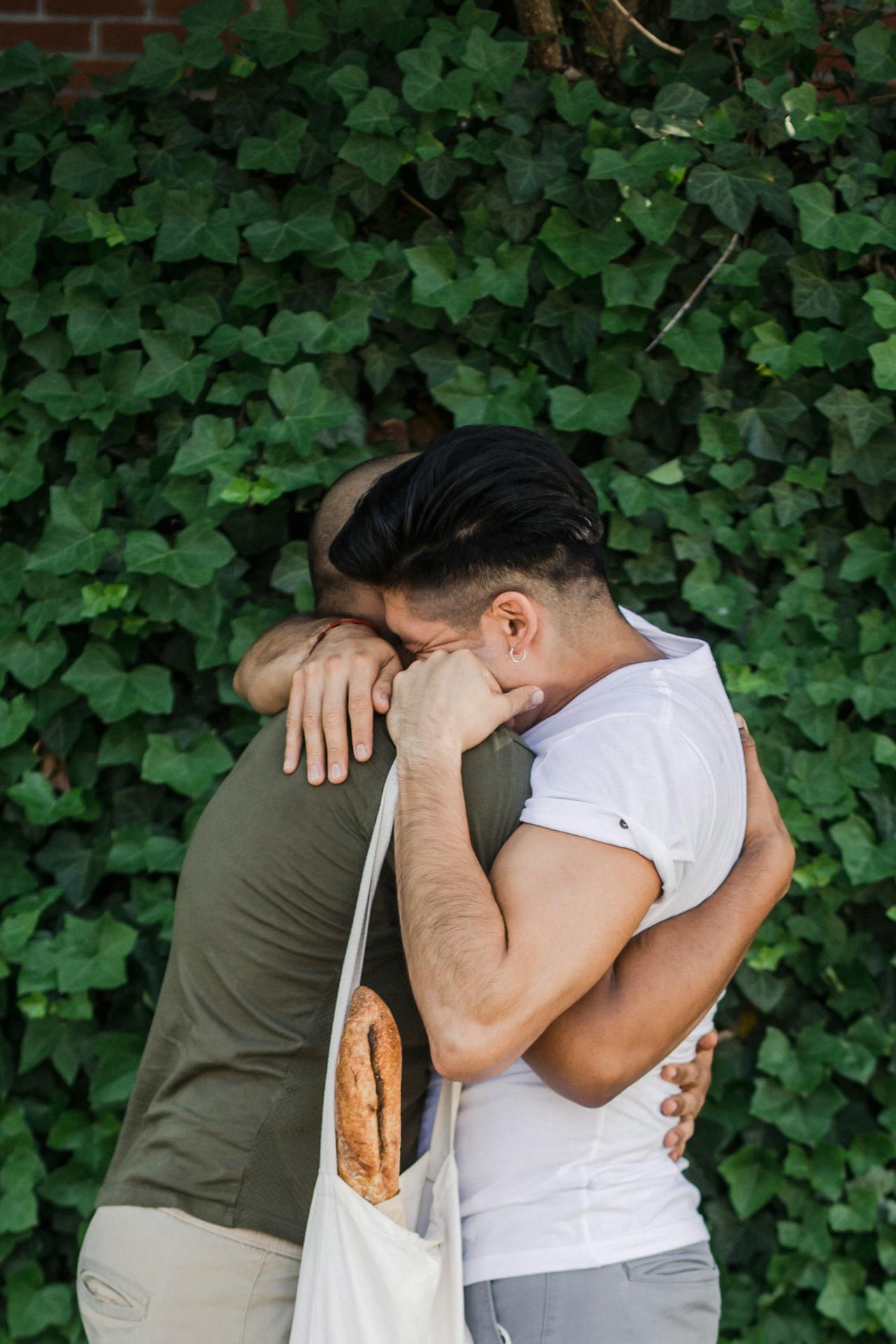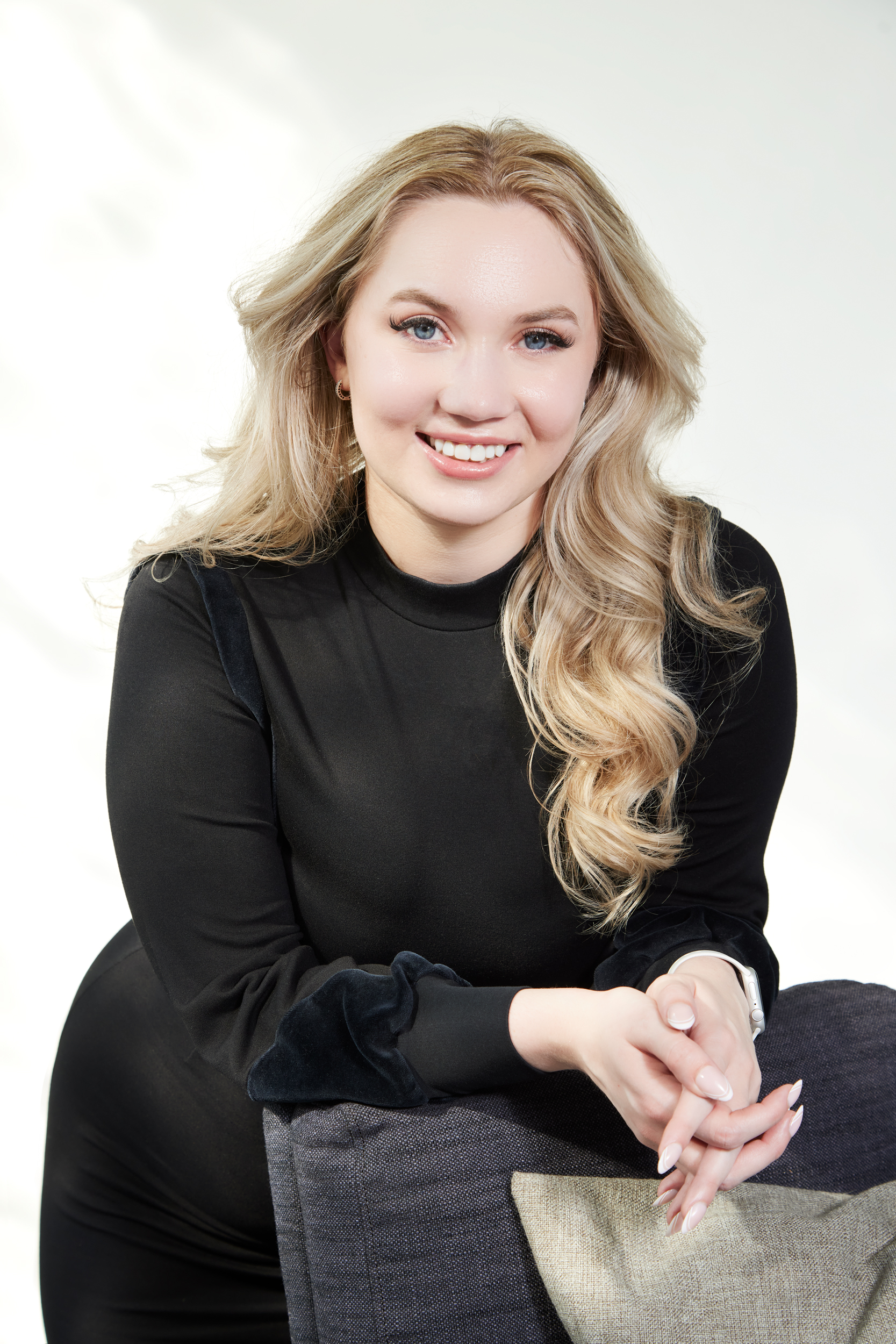
A Beginner’s Guide to Language for Sexual and Gender Identity
June 19, 2025

Understanding gender identity and sexual orientation begins with language. For those who haven’t had any exposure or experience around the LGBTQ+ community, having the language to even start interacting with different sexual and gender identities can feel like a dauntingly high hurdle to clear. You’re not alone- and this guide is here to help!
Understanding Gender Identity and the Acronym
Let’s start with one of the baseline questions. “What does LGBTQ+” even stand for, anyway? Or even the longer form of the acronym you may have heard, “LGBTQIA+.” Let’s break it down.
The “L” stands for “Lesbian,” which traditionally is the term specific for girls who like other girls.
The “G” stands for “Gay,” which is a term traditionally used for men who like other men. This term also includes ‘lesbian’ since girls who like other girls are often described as gay. Think of these two terms as a square and a rectangle- all lesbians are gay, but not all gays are lesbians. Today, ‘gay’ may also describe relationships where gender identity isn’t strictly defined. But that depends entirely on how the people in those relationships prefer to label themselves, if they do at all.
The “B” stands for “Bisexual,” which as the prefix “Bi” implies, means that someone is attracted to “two” gender identities. Traditionally, this refers to attraction to ‘man’ and ‘woman.’ However, these two identities could also mean ‘woman’ and ‘non-binary,’ or ‘woman’ and ‘transgender woman. Most people use the term to mean “man” and “woman,” however, so it’s usually the expected way to interpret the term.
Understanding Trans Identity
The “T” stands for “Transgender.” This term applies to people who no longer feel aligned with the gender they were assigned at birth. Most people recognize transgender identity in individuals who feel more aligned with a gender different from the one assigned to them at birth. Some people choose to have surgery to align their bodies with how they truly see themselves
However, I’d like more people to recognize that someone does not have to fit this exact description to fit under the trans umbrella- anyone that spends any time not wanting to be wholly identified as their born gender is included. The term also includes non-binary folks and others who reject gendered labels. As well as those who identify as the opposite gender but also choose not to pursue surgery as part of their transition, or those whose gender identity may not stay in one place all the time.
Understanding Less Common Identities
“Q” traditionally stands for “Questioning.” Particularly back in earlier iterations of the acronym, this was essentially the one meant to include anyone who didn’t quite fit into any of the earlier categories. Or, they were still in the stage of knowing they weren’t comfortable with traditional expectations of their gender identity or sexuality but didn’t yet know what did feel right. In short, those that considered themselves “not what’s considered normal,” but didn’t know what label to replace “normal” with.
Today, the “Q” may also be interpreted as “Queer,” which is generally a word for referring to the community as a whole, all terms included. Please note: ‘Queer’ is a reclaimed term. It was once a slur. Today, many in the community use it with pride. This term often confuses people, including those within the community. I would advise against using the term for this reason.
Intersex, Asexual, and Other Identities
Getting into the more rare iterations of the acronym, the “I” refers to “Intersex.” Many people—including those within the community—struggle to understand this term. The term Intersex describes people who are born with ambiguous gender characteristics. Intersex individuals are those who may either, by a number of genetic factors, have grown both male-specifc and female-specific cellular tissue, have grown the opposite type of tissues as dictated by their chromosomes, or have external and internal gendered characteristics that do not match. In short, they were born with bodies that don’t align with the typical gender binary.
Lastly of the acronym, we have “A” which refers to “Asexual,” often called “Ace” for short. This is a sexual identity in which people classify as uninterested in having a sexual relationship. Some asexual individuals want romantic partners without sexual activity. Others have no interest in either romance or sex. Even among those who don’t want sex, experiences vary. Some see sex as a chore they’ll do occasionally. Others feel complete disgust at the thought. A shared disinterest in sex unites those who identify as asexual
Why Language Matters
Language helps people name, affirm, and understand their identities. “When we can articulate our identity, we’re more empowered to advocate for ourselves and others. For those outside the LGBTQ+ community, learning this language is more than an academic task — it’s an invitation to create inclusive spaces where everyone feels seen.
I hope this detailed breakdown of the terms serves as a helpful introduction to anyone who feels lost when approaching the community! If you’re looking for a safe space to explore identity, ask questions, or simply be heard, schedule a session with one of our therapists here.

Heather earned her Bachelor’s Degree in Psychology with a minor in Creative Writing from Baylor University in 2018. She obtained her Master’s of Arts in Professional Counseling from Texas Wesleyan University, where she specialized in working with individuals and couples. Heather holds an active License in Professional Counseling for the state of Texas as an Associate supervised by Cory Montfort, MS, LPC-S. Additionally, she is a published author contributing a chapter to Dr. Linda Metcalf’s book, Marriage and Family Therapy: A Practice-Oriented Approach.
accept
We use cookies to improve your browsing experience and ensure the website functions properly. By selecting 'Accept All,' you agree to our use of cookies.
© Tmg XXXX
Brand & Website by Writefully Said
Contact our office:
The Montfort Group is a highly-trained team of professional therapists in Plano, TX providing counseling and support for individuals, couples, teens, and families.
Stay Connected
Schedule Now